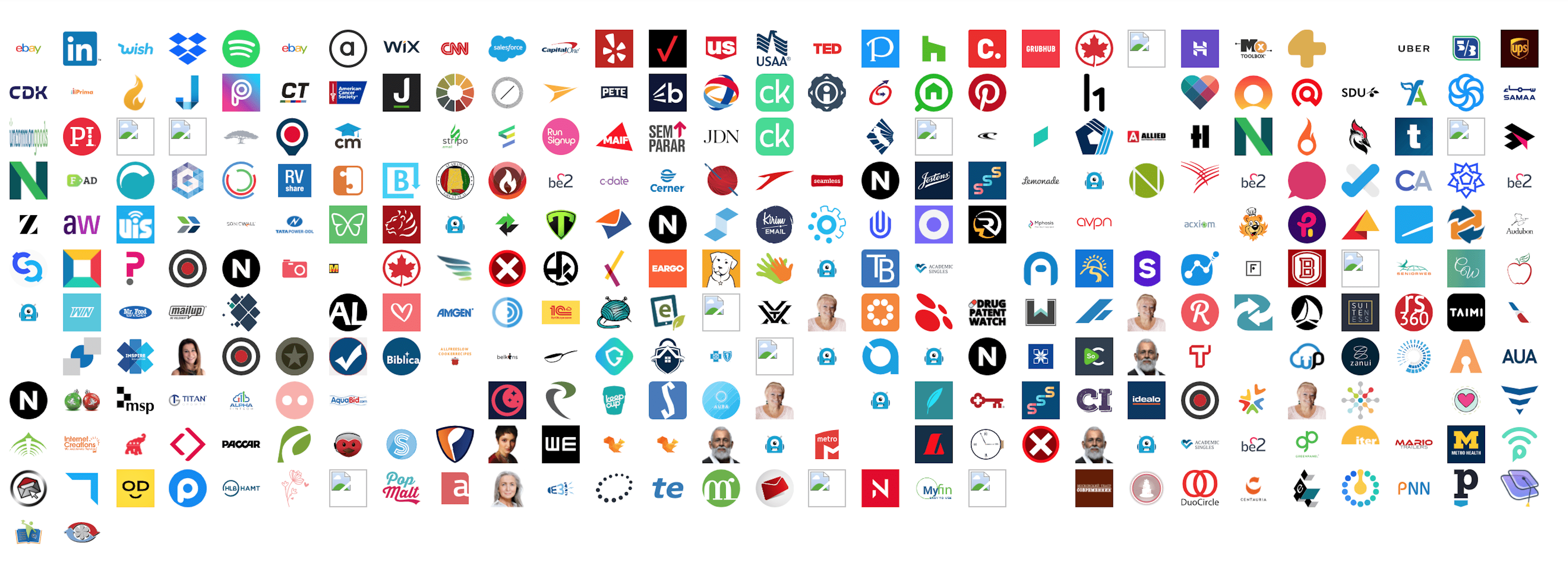Pay-per-click (PPC) advertising is a key component of a digital marketing strategy that increases a business’s visibility and drives traffic based on targeted keyword searches. PPC can give small businesses a competitive advantage in crowded landscapes where earning organic traffic may be challenging.
PPC strategies continuously evolve in response to internet and digital marketing changes. If this is your first time launching a PPC campaign, or you’re looking to optimise your PPC strategy, start by looking at PPC trends from last year and what they might mean. Here’s our list of the better PPC strategies to use.
1. Long-Tail Keywords and Voice Search
Once upon a time, PPC was all about short search terms. But now that voice search is on the rise, being a bit wordy is in fashion.
“Long-tail” keywords refer to longer search term queries.
Whereas a simple search for sneakers with stripes would be “striped sneakers,” a long-tail keyword might be “best vintage sneakers with stripes.”
Voice search tends to result in conversational search strings with more words, including filler words.
So that string might be, “Where can I find the best vintage 1980s sneakers with stripes near me?” However, there’s more to it than just appealing to users who rely on voice search.
Anyone who’s implemented a PPC campaign knows that some short search terms are difficult to leverage. Our example “striped sneakers” is too generic and could put a small vintage sneaker store in competition with big brands like Adidas or Nike. These heritage brands have large advertising budgets and are more likely to bid higher for ads related to that general search query.
“Best vintage sneakers with stripes” is more specific, and even though we all know that large sneaker brands do have vintage shoes, you’re less likely to find them on sale on their websites.
As for the voice search, if that sneaker shop happens to be near someone who asks, “Where can I find the best vintage 1980s sneakers with stripes near me,” they have a higher chance of having their ad displayed.
Using long-tail keywords helps weed out the competition and gives small businesses a leg up with their PPC campaigns. But to do this effectively, you’ll need to research keywords that are relevant to you and look at metrics that list the competitiveness of each keyword you enter.
If this is your first time, Google offers Keyword Planner. It’s a tool that shares metrics on how frequently a keyword has been searched, gives it a competitive score, and provides a general price quote.
????Pro tip: While Google’s Keyword Planner is free, you do have to create an AdWords account and an ad campaign in order to access this tool. Don’t worry: you don’t have to publish or spend money with the ad campaign; you simply have to create one.

2. Cut the Clutter: Remove Underperforming Keywords
It’s easy to find yourself allocating your budget to a wide array of keywords. But if in a segment of 30 keywords, seven are performing poorly, why are they being given equal footing as your top performers? That’s money better spent elsewhere.
Search terms that underperform should be edited. In some cases, scrap them if they don’t convert. In other scenarios, maybe you need to tweak the phrase to see if it will improve conversions. In general, you should be flexible to ensure that you’re maximizing your budget.
3. Schedule Ads for the Right Time
You can run a PPC ad at any time of the day. But if you know that your target audience rarely interacts with your business or social pages on Wednesdays early in the morning, it doesn’t make sense to run ads during that time. This doesn’t mean that you should never run an ad during low-traffic periods, but you’ll get a better return on investment by strategically running ads at the right times.
Start by testing your ad campaigns to see when your ads perform best. Google Ads makes this easy with built-in analytics. Use the analytics to help you determine ad timing, what ads are performing best and make bidding adjustments.
You may need to perform quite a bit of testing here to find the sweet spot, but it’s time well spent. PPC campaigns aren’t ‘set and forget’; they’re active entities that need to be monitored and updated over time, so make sure you’re doing your homework.
The caveat is that your most expensive keywords shouldn’t run during times when they’re less likely to get in front of the eyeballs that matter most. If the idea of totally going dark during certain times is unappealing, swap your lower-cost keywords for those quiet periods and save the pricier champions for times that matter.
4. Consider Your Bid Strategy
PPC is a general term for many forms of internet advertising. The four core PPC bidding strategies consist of:
- Cost per mille (Latin – CPM): Cost per 1,000 impressions—ideal for increasing visibility
- Cost per click/view (CPC/CPV): You pay for every click on a traditional ad or view of a video
- Cost per acquisition (CPA): You pay only when an individual not only clicks through to your site but also completes an action such as signing up for an email subscription or making a purchase
- Maximise clicks: Helps you maximize traffic over a time range when you’re working on a tight budget
Depending on your budget and goals, some of these options may be better than others.
A business focused solely on sales might benefit from a CPA campaign since it pays only when a visitor completes a customer flow. In contrast, a business that’s just starting might be better served by a CPM or maximise clicks plan.
Incidentally, maximise clicks plans are also popular on social media platforms since you can create a budget, spread it over days, and are guaranteed to get an estimated reach over that date range.
5. Target Your Audience
Along with target bidding, you should target your audience.
If you’re a hyperlocal business in Boise where shipping to more than a few counties away isn’t possible, a CPC campaign that results in traffic from international markets is worthless. Most ad platforms allow you to target. You can focus on geo-targeting or even drill down farther by gender, age, and general interests, depending on the platform you use.
In the case of social media, this can include targeting friends of people who like your page or like pages that you consider direct competitors.
6. Use Negative Words to Maximise Budgets
Even if your PPC budget is healthy, there’s no point in spending on irrelevant clicks for keyword searches containing phrases that aren’t competitive.
Platforms like Google Ads make it easy to eliminate search terms to make your campaign more effective. This would be a great place for brands to list competitors or more generic keywords that are too competitive like “striped sneakers” from our earlier example.
7. Avoid Click Fraud
Web bots are savvier than ever.
Research shows that as many as 25% of all PPC ad-generated clicks are not relevant. Google Adwords politely calls them “invalid clicks,” but they reference clicks from spam bots, unintended clicks from live people, accidental double clicks, and other impressions designed to drop your click-through rate. While there are programs that can weed out bots, they’re not 100% effective.
To minimise click fraud, you’ll need to look at your traffic sources through your analytics software. Keywords with high click-through rates that don’t convert or have subpar conversion rates (less than 1 %) should be flagged for review or removal.
If yours is a business that primarily gets domestic traffic, and you suddenly notice a spike of international traffic along with a bump in ad spend, you can apply filters to prevent your content from appearing in irrelevant regions.
But you’ll also want to look at your website and ensure that SEO boosters like backlinks aren’t coming from low-quality websites, which can be havens for bots. And finally, consider your website’s backend. Plugins are nice, but many of them are unstable and serve as gateways for junk traffic.
Get Savvy
The key tenets of PPC marketing and ad creation haven’t changed much since its arrival. The best PPC strategies will use the tips outlined above to maximise budgets and conversions – follow them to create your own successful PPC campaign.





